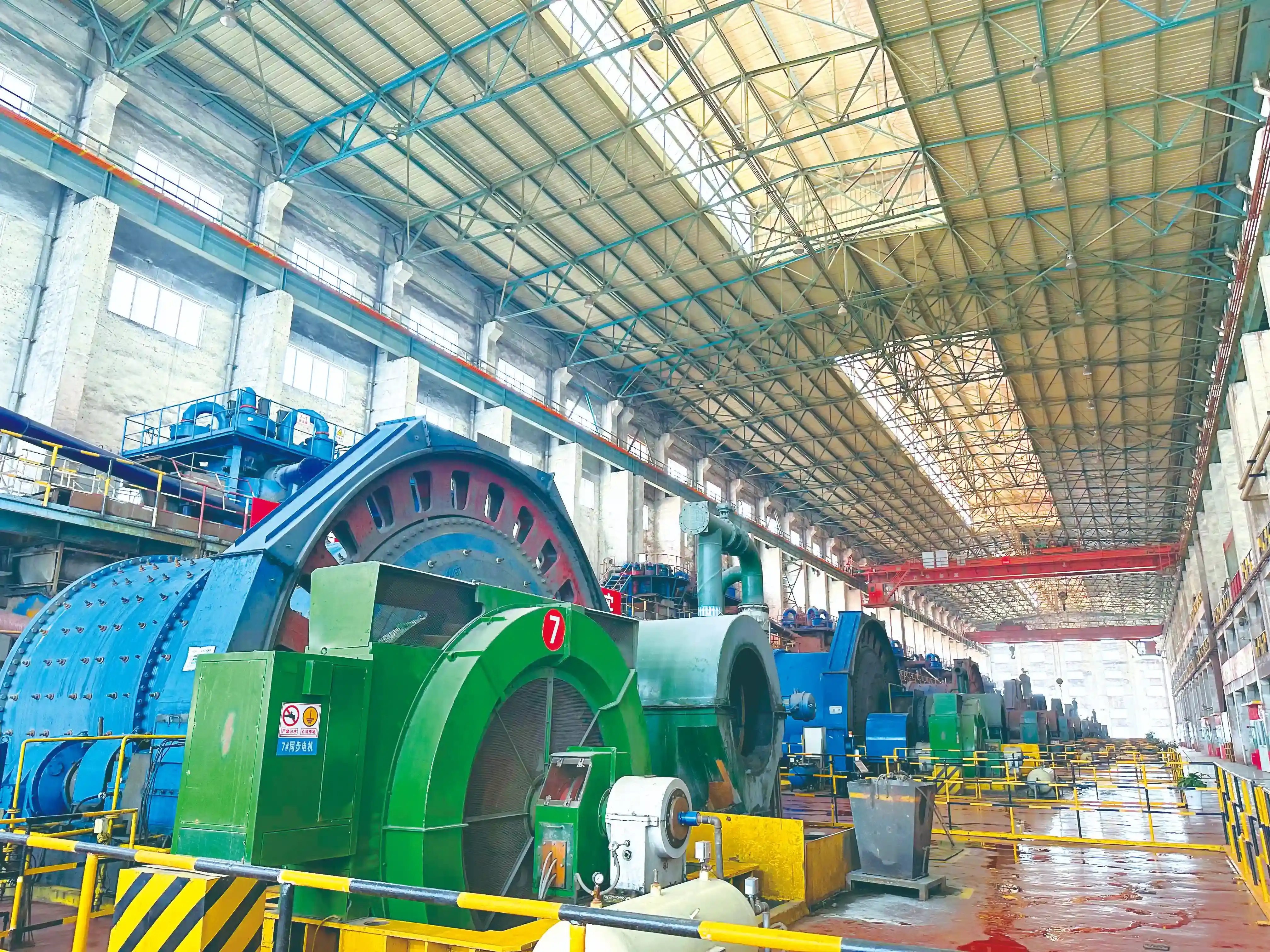The Relationship Between Grinding Ball Hardness and Wear Resistance
Factors Affecting Wear Resistance in Grinding Balls
Wear resistance is a critical property of grinding balls used in mining operations. Several factors influence the wear resistance of these essential components:
- Material composition: The chemical makeup of the grinding balls, including the percentage of chromium and other alloying elements, significantly affects their wear resistance.
- Heat treatment: Proper heat treatment processes can enhance the hardness and wear resistance of grinding balls.
- Surface finish: A smoother surface can reduce friction and improve wear resistance.
- Operating conditions: The specific environment in which the grinding balls are used, including the type of ore being processed and the mill parameters, can impact wear rates.
Understanding these factors is crucial for mining companies and cement manufacturers seeking to optimize their grinding processes and reduce operational costs.
Impact of Hardness on Grinding Ball Longevity
The hardness of Grinding Balls for Mining directly correlates with their longevity in mining and cement production applications. Harder balls tend to exhibit greater resistance to abrasion and impact, leading to several benefits:
- Extended service life: Harder grinding balls maintain their shape and size for longer periods, reducing the frequency of replacements.
- Consistent performance: As harder balls wear down more slowly, they provide more uniform grinding results over time.
- Cost-effectiveness: Though initially more expensive, harder grinding balls can offer better long-term value due to their extended lifespan.
However, it's important to note that extremely hard balls may not always be the optimal choice. Balancing hardness with other properties such as toughness and impact resistance is essential for achieving the best overall performance in specific grinding applications.
Grinding Efficiency and Its Connection to Ball Hardness
How Ball Hardness Affects Grinding Rates
The hardness of grinding balls significantly influences the efficiency of mineral processing operations. Here's how ball hardness impacts grinding rates:
- Energy transfer: Harder balls can transfer more energy to the ore particles, potentially increasing grinding rates.
- Particle size reduction: The hardness of grinding media affects how quickly and effectively they can break down ore particles to the desired size.
- Consistency: Balls with appropriate hardness maintain their shape longer, providing more consistent grinding performance over time.
Power plants and steel producers must consider these factors when selecting grinding media to optimize their processes and achieve desired output specifications.
Optimizing Ball Hardness for Different Ore Types
Different ore types require varying levels of Grinding Balls for Mining hardness for optimal processing. Considerations for optimizing ball hardness include:
- Ore characteristics: The hardness, abrasiveness, and fracture properties of the ore being processed influence the ideal ball hardness.
- Desired product fineness: The target particle size of the ground material may require adjustments in grinding ball hardness.
- Mill design: The type and specifications of the grinding mill can affect the optimal hardness of the grinding media.
Chemical industry professionals and metallurgical mining experts must carefully evaluate these factors to select the most appropriate grinding ball hardness for their specific applications, ensuring efficient and cost-effective mineral processing.
Balancing Hardness with Other Material Properties for Optimal Performance
The Role of Toughness in Grinding Ball Performance
While hardness is crucial, toughness also plays a vital role in the performance of grinding balls. Toughness refers to a material's ability to absorb energy before fracturing. In grinding applications:
- Impact resistance: Tougher grinding balls can better withstand the repeated impacts during the grinding process.
- Crack propagation: Higher toughness reduces the likelihood of catastrophic failure due to crack growth.
- Complementing hardness: The right balance of hardness and toughness ensures optimal grinding performance and longevity.
Manufacturers of cement and building materials must consider both hardness and toughness when selecting grinding media to ensure efficient and reliable operation of their mills.
Optimizing Material Composition for Ideal Hardness-Toughness Balance
Attaining the ideal equilibrium between hardness and toughness in Grinding Balls for Mining is a complex process that necessitates meticulous attention to the composition of the materials used. Several critical factors play a pivotal role in this endeavor:
- Alloying Elements: The selection and concentration of alloying elements are crucial as they can dramatically influence the hardness and toughness of the grinding balls. The right combination of these elements can lead to a significant enhancement in both properties.
- Heat Treatment Processes: The application of appropriate heat treatment techniques is essential for improving both hardness and toughness concurrently. By carefully controlling the heat treatment process, it is possible to achieve a synergistic effect on these two critical properties.
- Microstructure Control: The manipulation of the material's microstructure through various manufacturing methods is another key aspect. By fine-tuning the microstructure, it is possible to optimize the balance between hardness and toughness, ensuring the grinding balls are both durable and resistant to wear.
For the optimal performance of grinding balls, it is imperative that thermal power generation facilities and magnetic materials producers collaborate closely with grinding media manufacturers. This partnership is vital for the development of customized solutions that cater to the specific operational demands of each facility. By working together, they can ensure that the grinding balls are tailored to meet the unique challenges of their respective industries, thereby enhancing efficiency and longevity.
Conclusion
In conclusion, the hardness of Grinding Balls for Mining significantly influences their performance in various industrial applications. By carefully considering factors such as wear resistance, grinding efficiency, and the balance between hardness and toughness, companies can optimize their grinding processes for improved productivity and cost-effectiveness. For more information on high-quality grinding balls tailored to your specific needs, please contact us at sales@da-yang.com or sunny@da-yang.com.









